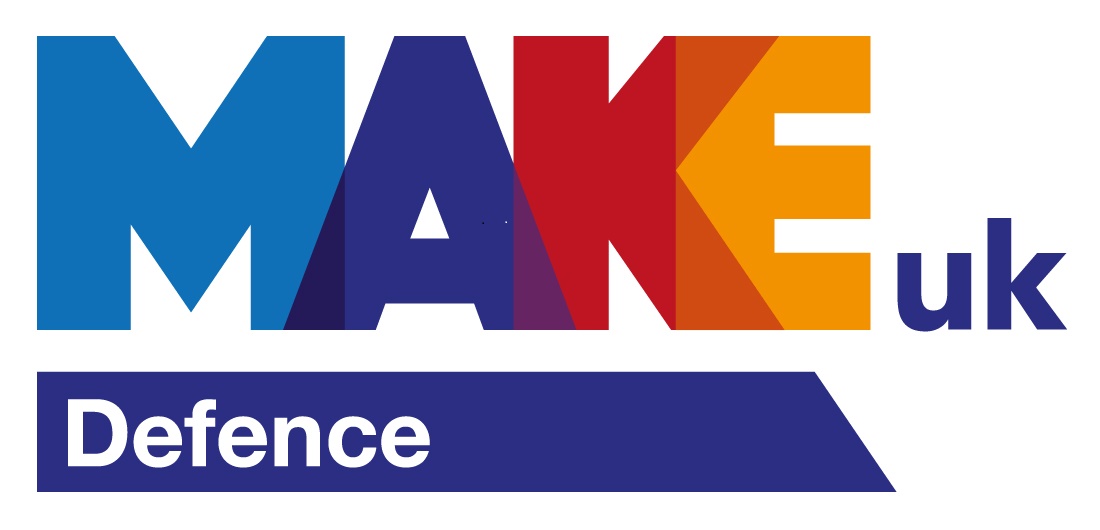Last year was a turbulent time for aerospace and defence (A&D) media, during which several titles closed and others were sold off due to falling revenues. This is a trend that has been seen in print publishing for several years, and is now affecting A&D titles that have failed to adapt to the digital environment. Grant Turnbull, Defence Media’s Digital Content Director, looks at what 2020 will bring, and how marketing and communication (MARCOM) teams should adapt.
1. The decline of print continues, but some opportunities remain
The number of A&D publishers that print hard copy magazines is likely to decrease further in 2020, with several already making the decision to consolidate and move primarily to digital editions to reduce costs. Falling advertising revenues has been the main reason for this, particularly as companies in the sector choose to allocate advertising funds to digital and company social media channels.
Nevertheless, many readers (myself included) still enjoy reading from real paper, rather than an electronic screen, particularly at events and exhibitions. If you cannot resist print advertising, at least align it with a major show where it will be distributed to visitors. There are also a handful of publishers that continue to do print publishing well, investing in areas such as design and original journalism that makes them worth reading, but they are in the minority.
Interestingly, many A&D companies are increasingly printing their own magazines for internal and external consumption, using them to highlight company developments and industry trends. This branded content approach guarantees company exposure, although the articles must be engaging, targeted, and well-written to be successful.
2. Video is key for marketing campaigns
Video and social media go hand in hand, and as the use of social media grows (see trend 4), so will the requirement for video.
Whether you are in MARCOM or publishing, video must play an important role in your content strategy, especially at key events. Videos are a fantastic way to increase brand awareness and boost engagement on social channels, and the good news is that they don’t have to be overproduced and expensive to be effective. This year will see more companies and publishers enter the video game, especially as mobile phone technology enables even more people to shoot video.
It is important to remember, however, that a well-produced video is not easy and requires staff to be trained in production and editing, which needs a significant investment in time and money. Simply filming a video on a mobile phone, without editing or proper audio equipment, will not match the professional image that you are trying to convey to stakeholders, and should be avoided. Staff also need to be trained for appearances in front of the camera.
Marketing teams should prioritise the creation of video content, but avoid blowing their budgets on one overproduced, sales-heavy marketing video. Video content should be regularly posted and cover a number of subjects that speaks to various stakeholders, which could be event coverage, product overviews, staff referrals, or site visits. This will ultimately allow you to drive home your key messages and boost engagement (proven by underlying analytics), giving you a far better ROI than traditional media.
3. Podcasts are here to stay
Last year was certainly the year of the podcast, and 2020 will continue to see this medium grow in popularity. Several publishers have entered into the podcast game, and for A&D companies this gives another opportunity to be showcased, either editorially or to advertise. While there are now several examples of A&D podcasts by well-known publishers in the sector, many of these are in their early days and as budgets continue to be squeezed (and journalists are asked to do more), many may not last.
Another opportunity for companies is to produce an in-house podcast, whether for internal or external communications. For the former, this is becoming a popular alternative to company newsletters, simplifying the way that employees can learn about the latest corporate developments (e.g. on the commute to or from work). For the latter, companies are using branded podcasts to tell a story about a certain technology or organisation (see Lockheed Martin’s Skunk Works podcast or GE’s The Message, as an example).
Like an in-house magazine, or video series, a branded podcast series will allow the people in the company to tell their own story, their way, with unique insights. This must, however, be produced in a journalistic way and not be full of sales speak that will instantly turn off listeners. Think about how your company has been pivotal in the creation of a certain technology and how you could create a wider series on it.
4. Social media
It should go without saying that any company that wishes to increase its brand awareness and generate new sales leads must now have an effective social media strategy, incorporating much of what has been discussed above. With the decline of traditional media, social media now becomes the platform that a marketing team can use to amplify the activities of the company, and there are a myriad of opportunities to do that.
An effective social media campaign will use a mix of video, audio and text, along with photography and motion graphics. For the A&D industry, the main platform to concentrate on is LinkedIn, although if you have the time and resources it is also worth posting on other platforms such as Twitter and Instagram. Posting content on multiple websites is eased by the use of social media management tools such as Hootsuite or Loomly, and allows scheduling days or even weeks ahead to ensure a constant stream of content.
Publishers are also increasingly offering “sponsored posts” that allow content to be seen by a wider audience on their own social media channels, although you should study whether this offers an appropriate ROI.
A well-planned and executed social media strategy is a complex task, requiring a constant stream of engaging and varied content to ensure maximum engagement with followers and potential followers. This also requires a thorough understanding of each social platform’s positives and negatives, as well as a deep analysis of content analytics to constantly adapt what works, and what isn’t working. This isn’t easy and requires a significant investment in time and inevitably money, both of which are all always in finite supply. Nevertheless, it cannot be neglected in 2020, and has to be a vital part of any marketing plan.
What do you see as key trends to consider in 2020?











